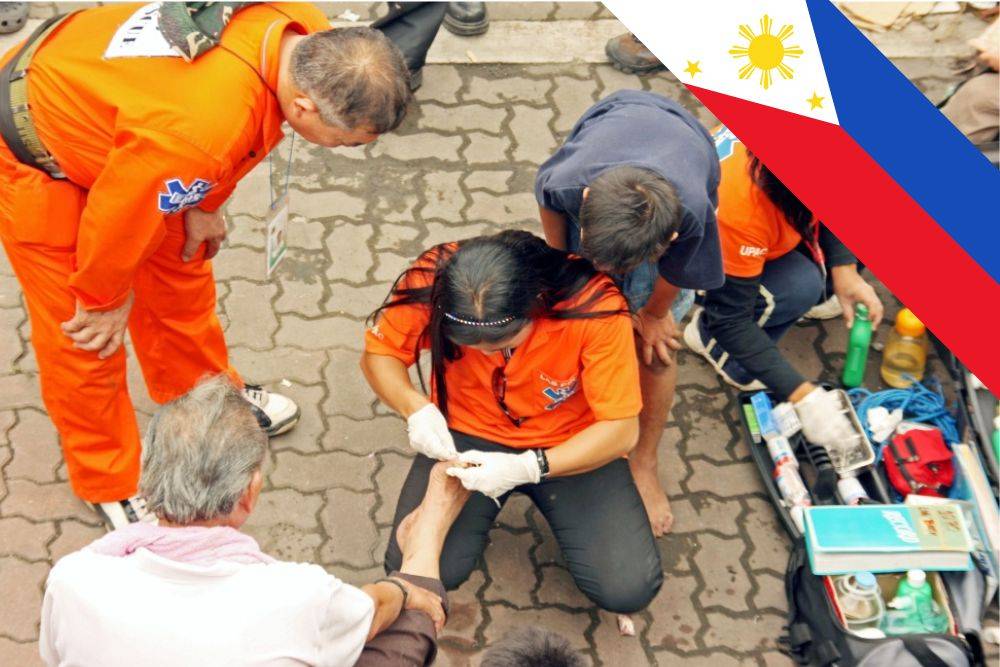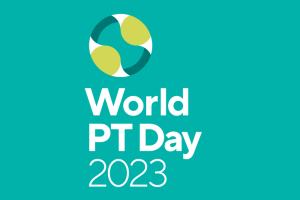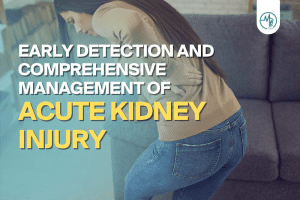The Department of Health (DOH) has adopted a proactive stance to protect the health and well-being of frontline health workers engaged in vital fieldwork and vaccination campaigns.
This comes as part of a concerted effort to strengthen immunisation drives during World Immunisation Week. However, the increased efforts expose health workers to the adverse effects of extreme heat. This prompted the DOH to roll out safety measures to mitigate the risks of heat-related illnesses.
Heat-Related Illnesses Data
January 1 to April 29 recorded 77 cases of heat-related illnesses. This is according to data from DOH. Tragically, seven fatalities have been reported, although the DOH has emphasised that conclusive evidence attributing these deaths to heatstroke is still lacking due to insufficient data. Heat-related illnesses or underlying health conditions aggravated by the intense heat may have caused these deaths.
Understanding the Heat Index: Assessing the Risk
The heat index, which measures the discomfort caused by temperature and humidity, has reached alarming levels. The DOH advises extreme caution when the heat index ranges from 33 to 41 degrees Celsius. Additionally, they stated that temperatures between 42ºC to 51ºC are particularly dangerous.
Understanding the Risks
In the scorching heat prevalent across the nation, people are faced with heightened susceptibility to three primary types of heat-related illnesses:
-
Heat Cramps:
These painful muscle spasms, typically experienced in the legs and abdomen, arise from prolonged physical exertion in hot environments.
Symptoms may include dizziness, fatigue, headache, and vomiting.
-
Heat Exhaustion:
Heat cramps can escalate into heat exhaustion. Symptoms include dizziness, fatigue, lightheadedness, headache, vomiting, profuse sweating, and a rapid pulse.
-
Heat Stroke:
Representing the most severe form of heat-related illness, heat stroke occurs when the body’s mechanisms for regulating temperature fail. It could potentially lead to life-threatening complications.
Symptoms may include loss of consciousness, seizures, disorientation, and cardiac arrest, necessitating immediate medical intervention.
DOH Secretary Advocates Proactive Prevention
Health Secretary Teodoro Herbosa underscores the preventable nature of heat-related illnesses, emphasising the importance of preemptive measures and vigilant monitoring. Additionally, Herbosa highlighted the significance of continuous assessment of the heat index rate to enable responses and ensure the safety of health workers and other people. In Herbosa’s words, “Heat-related illnesses are preventable. By closely monitoring the heat index, we can mitigate the risks and safeguard the health of our frontline workers.”
Rigorous Implementation of Safety Protocols
To safeguard health workers from the hazards of extreme heat, the DOH has instituted comprehensive safety protocols encompassing:
Hydration: Stressing the critical importance of adequate hydration, health workers are advised to consume ample fluids, including water and electrolyte-rich beverages, at regular intervals. Encourage access to hydration stations and provide personal water bottles to promote hydration throughout the workday.
Scheduled Rest Breaks: Supervisors recognise the importance of periodic rest in mitigating heat-related stress. They are tasked with scheduling frequent breaks in shaded or cool areas. These breaks allow health workers to recuperate and rehydrate, minimising the risk of exhaustion and heat-related illnesses.
Appropriate Attire: Health workers are advised to wear lightweight, breathable clothing made from moisture-wicking fabrics to facilitate sweat evaporation and heat dissipation. Wide-brimmed hats and sunglasses are recommended to shield against direct sunlight, reducing the risk of heat-related discomfort and sunburn.
Sunscreen Application: In addition to protective clothing, sunscreen with a high sun protection factor (SPF) is encouraged to shield exposed skin from harmful ultraviolet (UV) radiation. Regular reapplication of sunscreen, particularly following perspiration or water exposure, helps maintain effective sun protection throughout the day.
Education and Training: Comprehensive training programs to raise awareness of heat-related illnesses and their symptoms equip health workers with the knowledge and skills necessary for early detection and intervention. Supervisors undergo specialised training to recognise signs of heat-related distress and promptly administer appropriate first aid measures.
Heat Index Monitoring: Implementation of a robust heat index monitoring system enables real-time assessment of environmental conditions and identification of high-risk areas. By leveraging this data, supervisors can implement targeted interventions. These measures include adjusting work schedules, providing additional breaks, and relocating tasks to cooler environments.
Conclusion
The DOH reaffirms its commitment to fostering a resilient and sustainable healthcare system capable of facing the challenges posed by extreme weather conditions. The DOH also aims to empower health workers to fulfil their vital roles in advancing public health objectives while safeguarding their well-being. Therefore, as the nation navigates the health landscape, collaborative efforts foster a culture of safety and solidarity.














